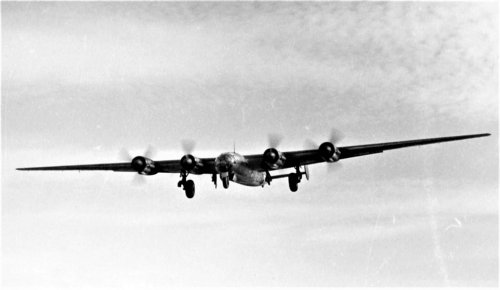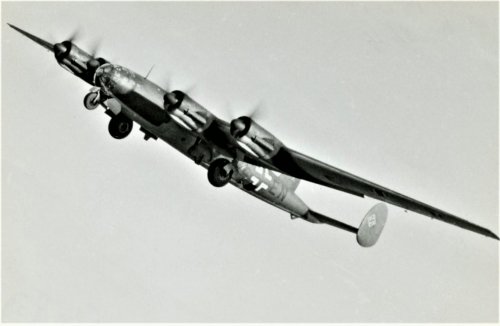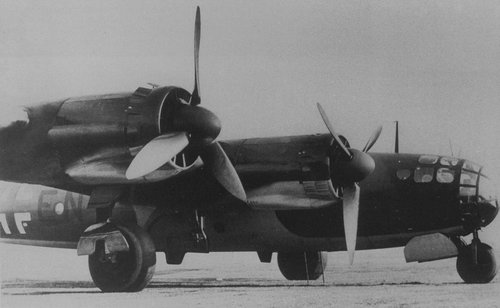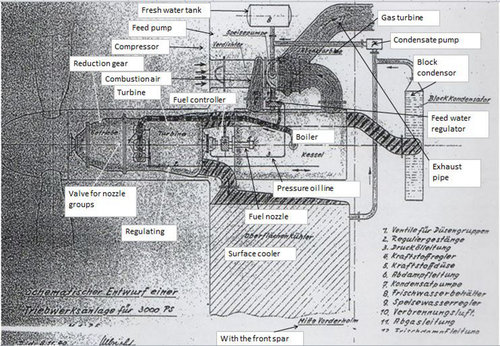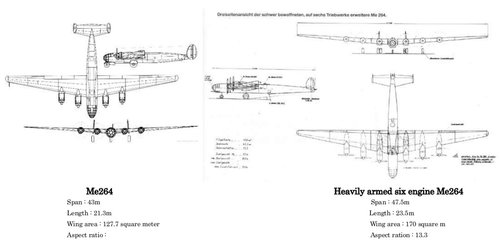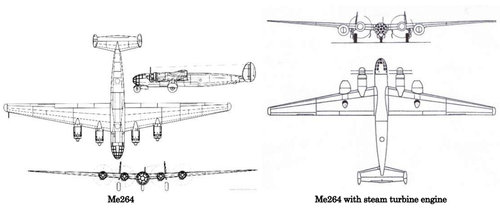What a strange arrangement in the BB turbo-prop. If I understand the schemantics correctly, a compressor driven by an seperate combustion chamber, delivers compressed air to a heat exchanger, that warms it up by means of a hot gas from another turbine exhaust. Then the heated air is fed into a combustion chamber, which produces a super hot gas flow to another combustion chamber (is there enough oxygen in the mixture for a second combustion?) which is finally expanded in a turbine, driving an airscrew and then is es expelled in the engine exhaust. Isn't that a violation of the Carnot diagram, not to mention the Laws of Thermodynamics? Can anybody explain this process please?
The process is quite efficient, but so complicate, that you could be sure, the war will be over before you finished developing it...
The air was compressed (in two stages), an than heated by a recuperator before it entered the combustion chamber (that’s nothing unusual and helps to improve the efficiency, especially at part load). In the combustion chamber, the air certainly reached the maximum permittable temperature so that it had to pass a turbine where part of the heat was converted to useful work. After that a second combustion chamber reheated the air again to the maximum temperature before it entered the low-pressure turbines. After expanding, the air is still hotter than the compressed air after the second compressor, so heat can be transferred from the exhaust gases to the compressed fresh gases.
To make it a little bit more complicate, you combine it with counter rotating props and coaxial turbine configuration.
I would say, that’s a bit dreaming the pie in the sky, I know how much effort and time had to be invested to develop gas turbines for cars and trucks (without success), so this deemed to be a little insane.

